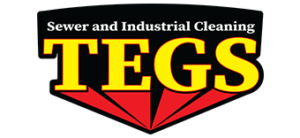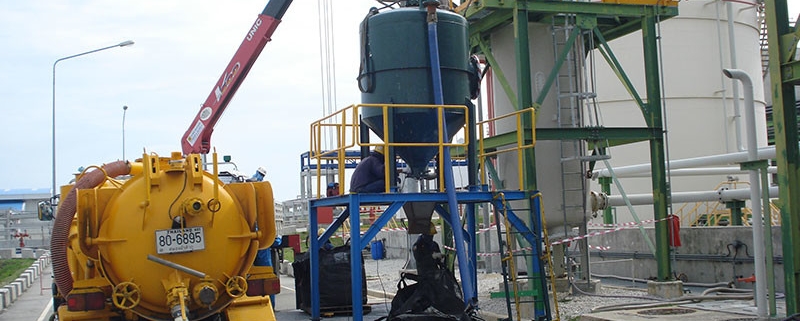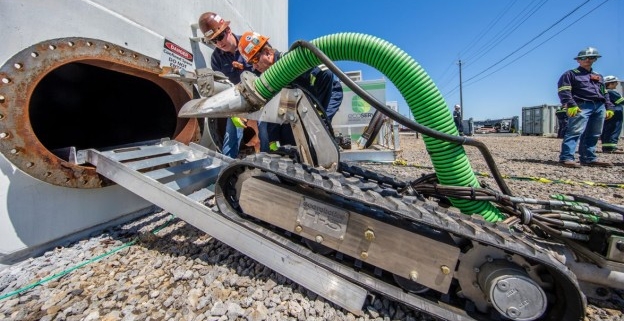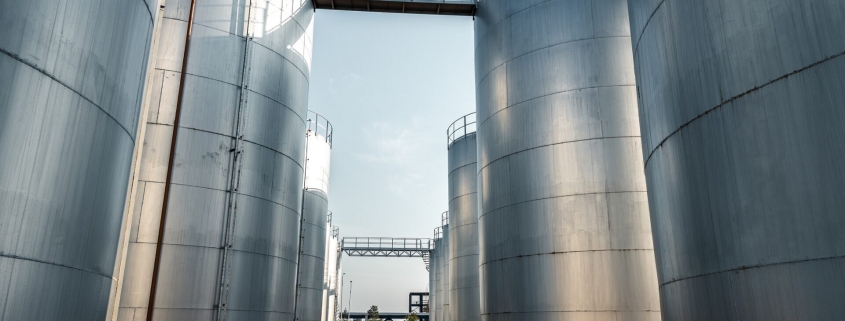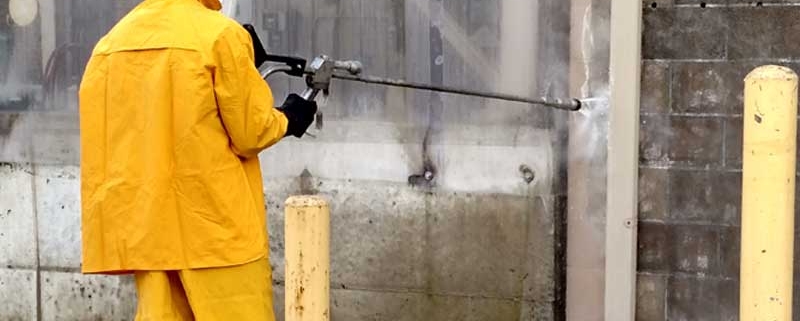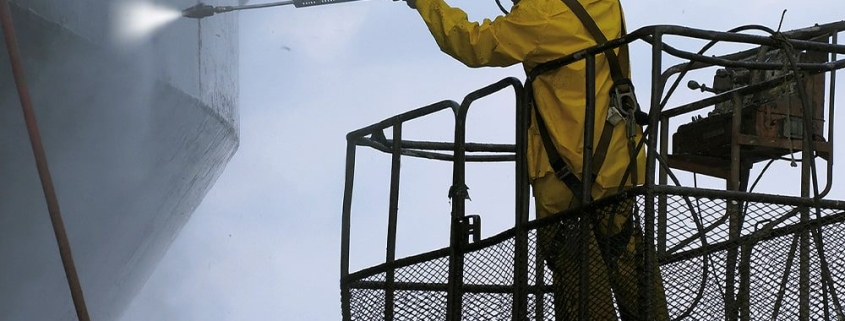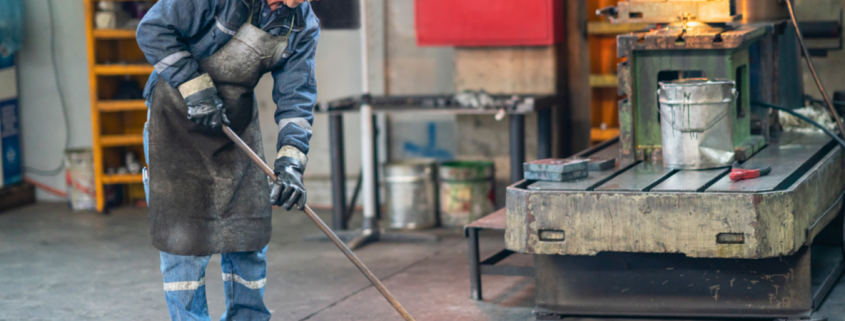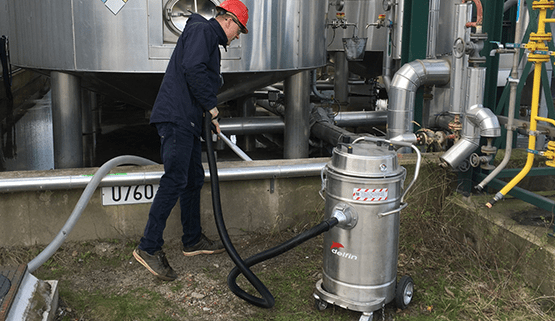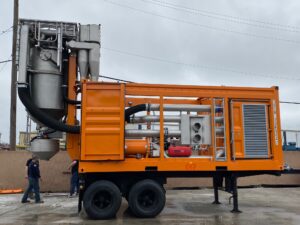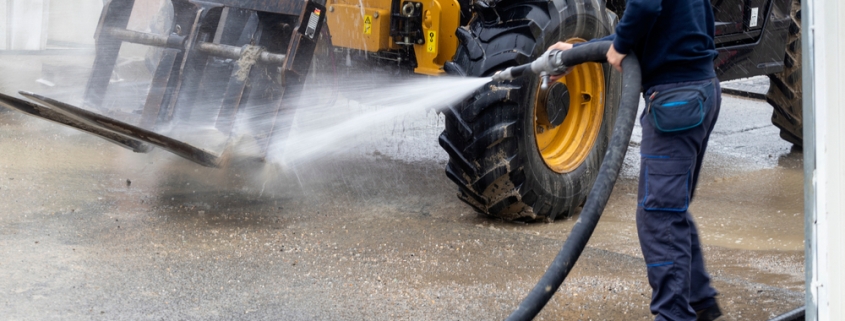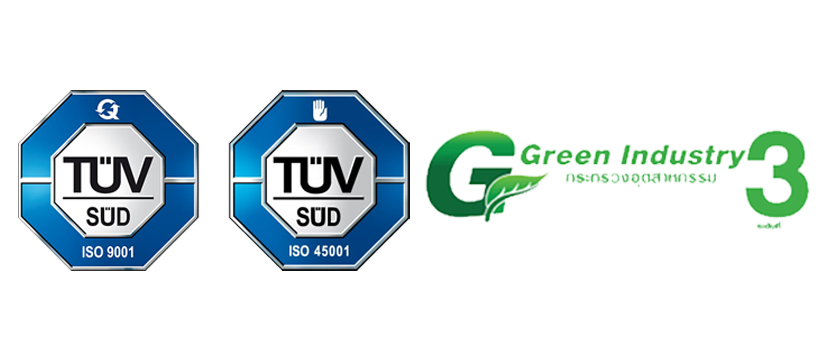Keeping factories clean is crucial for maintaining efficient and safe operations. One of the most effective methods for achieving this is catalyst suction. This specialised process involves the removal of spent catalysts and other contaminants from industrial equipment, ensuring that machinery operates smoothly and without interruption. With the advancement of technology, catalyst suction has become a vital component of industrial cleaning.
This article will explore how catalyst suction works, its benefits, critical applications in various industries, and best practices for ensuring effective operations. Understanding these aspects will help us utilise catalyst suction to maintain clean and efficient factory environments. This enhances productivity and promotes a safer working environment for everyone involved. Removing contaminants effectively is critical to keeping our industrial processes running smoothly.
Understanding Catalyst Suction: How It Works
Catalyst suction is a crucial industrial cleaning process that uses powerful suction to remove spent catalysts and other debris from machinery and equipment. This method is beneficial in environments where fine particles and residues accumulate over time, causing potential efficiency issues and equipment degradation.
The suction process begins with a high-powered vacuum system that handles wet and dry materials. This vacuum is connected to the equipment that needs cleaning, such as reactors, pipelines, or storage tanks. The vacuum creates a strong airflow that lifts the contaminants from the equipment, ensuring a thorough cleaning. We often use specially designed hoses and nozzles to access hard-to-reach areas, ensuring that all machinery is pollutant-free.
One of the critical components of catalyst suction is the filtration system. As the contaminants are sucked out, they pass through several filters that trap and contain them. This prevents the spread of hazardous materials and makes disposal more effortless and safer. The filtered air is then expelled back into the environment, ensuring the process remains efficient and environmentally friendly.
Understanding how catalyst suction works helps us appreciate its importance in maintaining the functionality and longevity of industrial equipment. Keeping machinery free of contaminants can ensure smoother operations and reduce the risk of unexpected breakdowns.
The Benefits of Catalyst Suction in Factory Maintenance
Catalyst suction offers numerous benefits contribute to factories’ efficient running and maintenance. One of the most significant advantages is the improvement in equipment performance. By removing spent catalysts and other debris, machinery operates more smoothly and efficiently. This results in higher productivity and reduced energy consumption, as clean equipment doesn’t have to work as hard to perform its functions.
Another key benefit is the reduction in maintenance costs. Regular catalyst suction prevents the buildup of contaminants that can cause wear and tear on machinery. This means fewer breakdowns and repairs, leading to lower maintenance expenses. Regular cleaning also extends the life of the equipment, delaying the need for costly replacements.
Catalyst suction also improves workplace safety. Accumulated debris can pose several hazards, including fire, chemical spills, and air quality issues. Keeping the equipment clean minimises these risks, creating a safer work environment. This is particularly important in industries where hazardous materials are handled regularly.
Moreover, catalyst suction has a minimal environmental impact compared to other cleaning methods. The process uses powerful vacuums instead of harsh chemicals, reducing the number of pollutants released into the environment. The filtration systems also ensure that contaminants are safely contained and disposed of.
In summary, catalyst suction enhances equipment performance, reduces maintenance costs, improves workplace safety, and minimises environmental impact. These benefits make it essential to factory maintenance, contributing to efficient and safe industrial operations.
Key Applications of Catalyst Suction in Different Industries
Catalyst suction is crucial across various industries where the buildup of fine particles and residues can hinder operations. One critical application is in the power generation sector. Power plants use catalysts to control emissions and improve efficiency. Over time, these catalysts degrade and need to be replaced or cleaned. Catalyst suction ensures that old catalysts and contaminants are effectively removed, allowing new materials to be installed.
The petrochemical industry also benefits significantly from catalyst suction. Refineries use catalysts to accelerate chemical reactions in processes like cracking and refining. These reactors can become clogged with spent catalysts, decreasing efficiency and increasing the risk of equipment failure. We can maintain the reactors’ performance and extend their operational life by employing catalyst suction.
Catalyst suction is equally essential in chemical manufacturing plants. These facilities often use various catalysts to produce different chemicals. Residue build-up in reactors and pipelines can result in product contamination and reduced process efficiency. Regular catalyst suction ensures the equipment remains clean, ensuring consistent product quality and process reliability.
In summary, catalyst suction is vital for maintaining equipment efficiency and safety in power generation, petrochemicals, and chemical manufacturing industries. Removing spent catalysts and residues helps keep the machinery operating at its best.
Best Practices for Effective Catalyst Suction Operations
Following several best practices is crucial to ensuring the success of catalyst suction operations. These guidelines help us get the most out of our equipment and maintain cleanliness and safety.
First, proper planning is essential. Before starting any catalyst suction task, we should thoroughly assess the equipment and identify the specific areas that need cleaning. Developing a detailed plan helps us allocate resources better and ensures that we are prepared for any challenges that may arise.
Using the right tools and equipment is also critical. High-powered vacuums and specialised nozzles should be used to handle the specific contaminants present. Ensuring that our tools are in good condition and appropriate for the task at hand can significantly improve the efficiency and effectiveness of the suction operation.
Safety measures must always be a top priority. We should always wear appropriate protective gear, such as gloves, goggles, and safety helmets. Additionally, we should secure the work area to prevent unauthorised access and ensure that all team members know the procedures.
Regular training and updates for the team are vital. Keeping our operators informed about the latest techniques and safety protocols ensures consistent and safe operations. Training sessions should be held regularly to refresh and update knowledge.
Lastly, post-operation inspection is crucial. After completing the suction task, we should examine the equipment to ensure all contaminants have been removed and the machinery is ready for operation. This step helps us confirm the effectiveness of the suction process and identify any areas that may require further attention.
Conclusion
Catalyst suction plays an essential role in maintaining the efficiency and safety of industrial operations. By understanding how catalyst suction works and its benefits, we can appreciate the importance of this cleaning method in various industries. The critical applications in power generation, petrochemicals, and chemical manufacturing highlight the versatility and necessity of catalyst suction.
TEGS Thailand is committed to delivering top-quality industrial cleaning solutions, including catalyst vacuum suction works. Contact us today to learn how our expert team can help you keep your operations running smoothly and efficiently.
